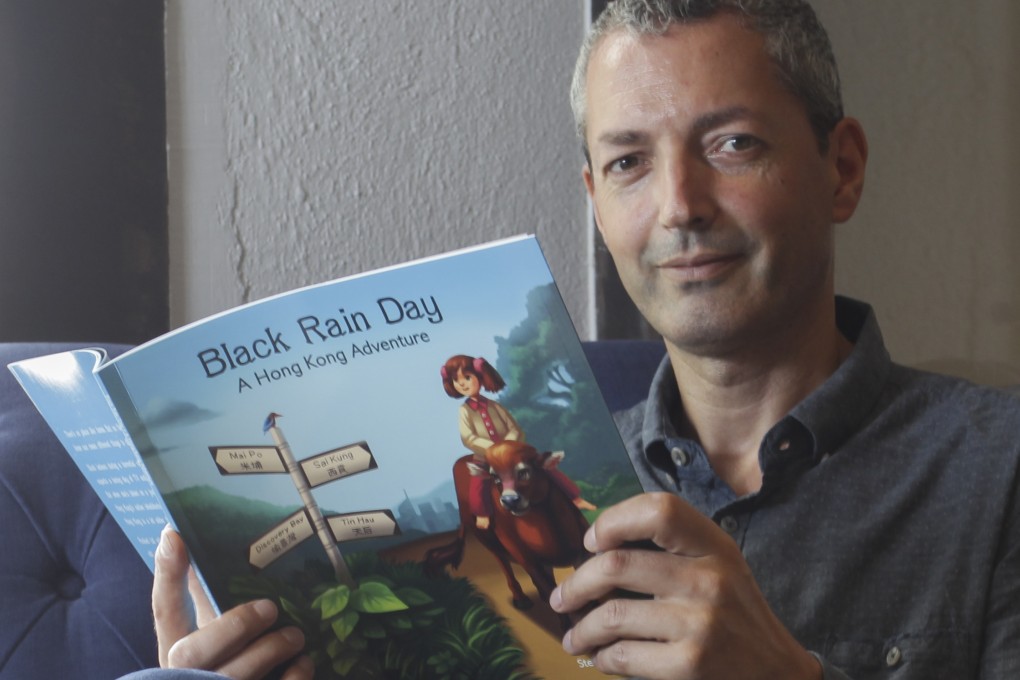Hong Kong celebrated in English-language books for children
A crop of local writers and illustrators are drawing on the city for inspiration for their children's picture books

While reading books can transport us to distant lands, there is also a special pleasure in finding one's own place in a book, a joy Hong Kong children reading in English often miss due to the lack of home-grown children's literature.
That's changing with a crop of writers and illustrators who are crafting children's picture books set in our own backyard. Black Rain Day, Matthew Cooper's new book released this month, takes its cue from the lush greenery outside his Sai Kung home.
"I wanted to explore habitats because even though Hong Kong is very urban, there's still wildlife out there," says Cooper, who has two young children.
Black Rain Day follows the adventures of little Neve, named after his four-year-old daughter, as she explores local habitats with various animals. A stay-at-home dad with a background in environmental science, Cooper did his research on local species, "so even though the animals in the book are graphic representations, they can be found here", he says.
Hong Kong's environment is also a recurrent theme in barrister Theadora Whittington's books. A resident of Stanley, she was inspired to write her first book, The Dragon's Back (2007), after seeing how a fire ravaged the hillsides while walking the popular trail with her children, then eight and 10. Her subsequent books - The Sand Turtle (2008) and The Mermaid and the Pink Dolphin (2012) - maintain that eco-focus and weave information about different species into the storyline.
